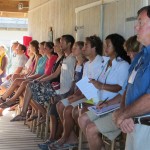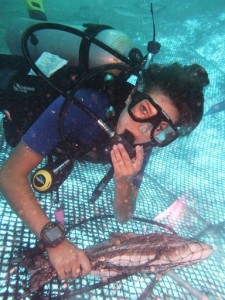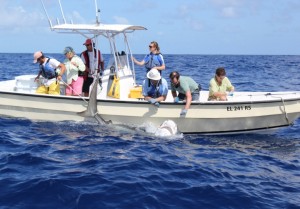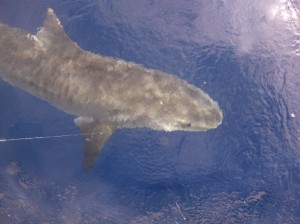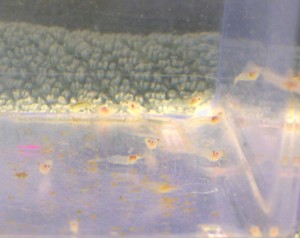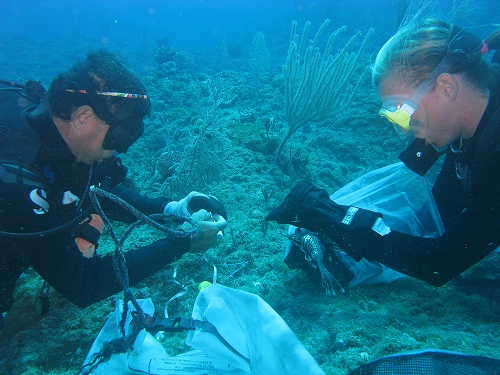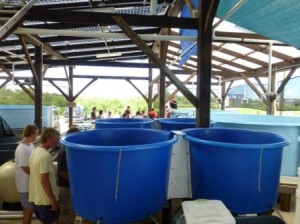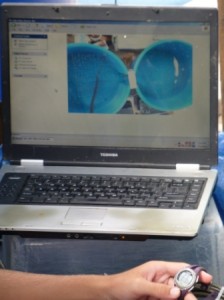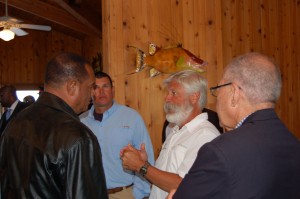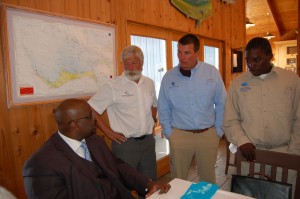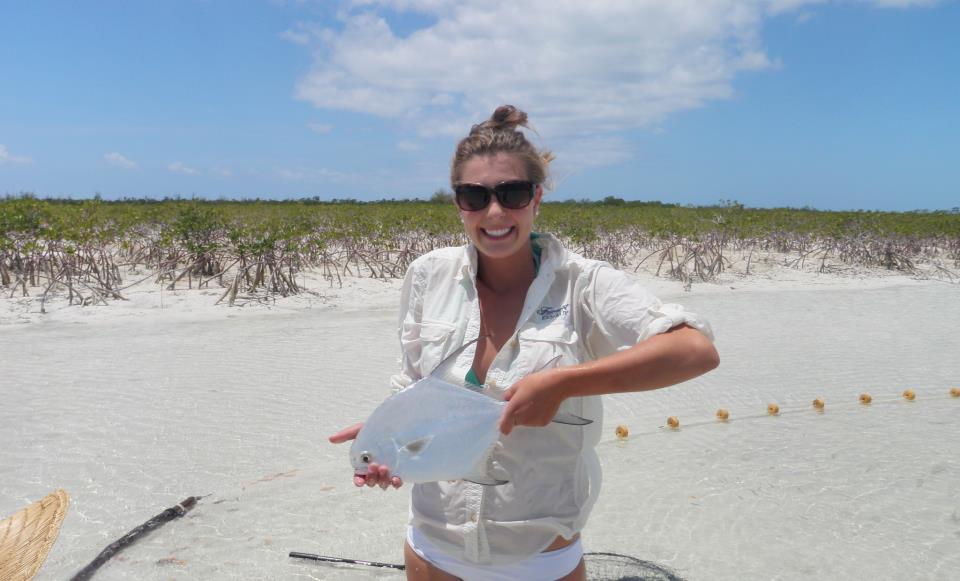 Anyone who has been to an Island School Parent’s Weekend knows how crowded the outdoor seating can get when there are guests around, especially on a hot day when everyone is looking for shade. Part One of our outdoor kitchen expansion addresses this shortcoming of the dining hall by installing addition seaside seating in the shade of six beautiful palm trees on a permeable rock patio next to the dining hall. Beginning with student legacy days this semester, the area between the dining hall and the coastal sand dunes was cleared of ground cover and readied for natural stone pavers.
Anyone who has been to an Island School Parent’s Weekend knows how crowded the outdoor seating can get when there are guests around, especially on a hot day when everyone is looking for shade. Part One of our outdoor kitchen expansion addresses this shortcoming of the dining hall by installing addition seaside seating in the shade of six beautiful palm trees on a permeable rock patio next to the dining hall. Beginning with student legacy days this semester, the area between the dining hall and the coastal sand dunes was cleared of ground cover and readied for natural stone pavers.
 Our campus landscape team, consisting of Joseph, Shivardo, and Fran worked with sixteen students and several faculty to clear the area. After clearing, they taught students and faculty how to shape what Joseph refers to as “wash rock,” or the loose bedrock stones found out in the bush around Cape Eleuthera. Each rock weighs between ten and forty lbs. depending on size and must be “shaped” using a hatchet or machete to attain a strong edge and reasonably flat face for walking on. The sound of chipping rock filled the air! Continue reading
Our campus landscape team, consisting of Joseph, Shivardo, and Fran worked with sixteen students and several faculty to clear the area. After clearing, they taught students and faculty how to shape what Joseph refers to as “wash rock,” or the loose bedrock stones found out in the bush around Cape Eleuthera. Each rock weighs between ten and forty lbs. depending on size and must be “shaped” using a hatchet or machete to attain a strong edge and reasonably flat face for walking on. The sound of chipping rock filled the air! Continue reading

